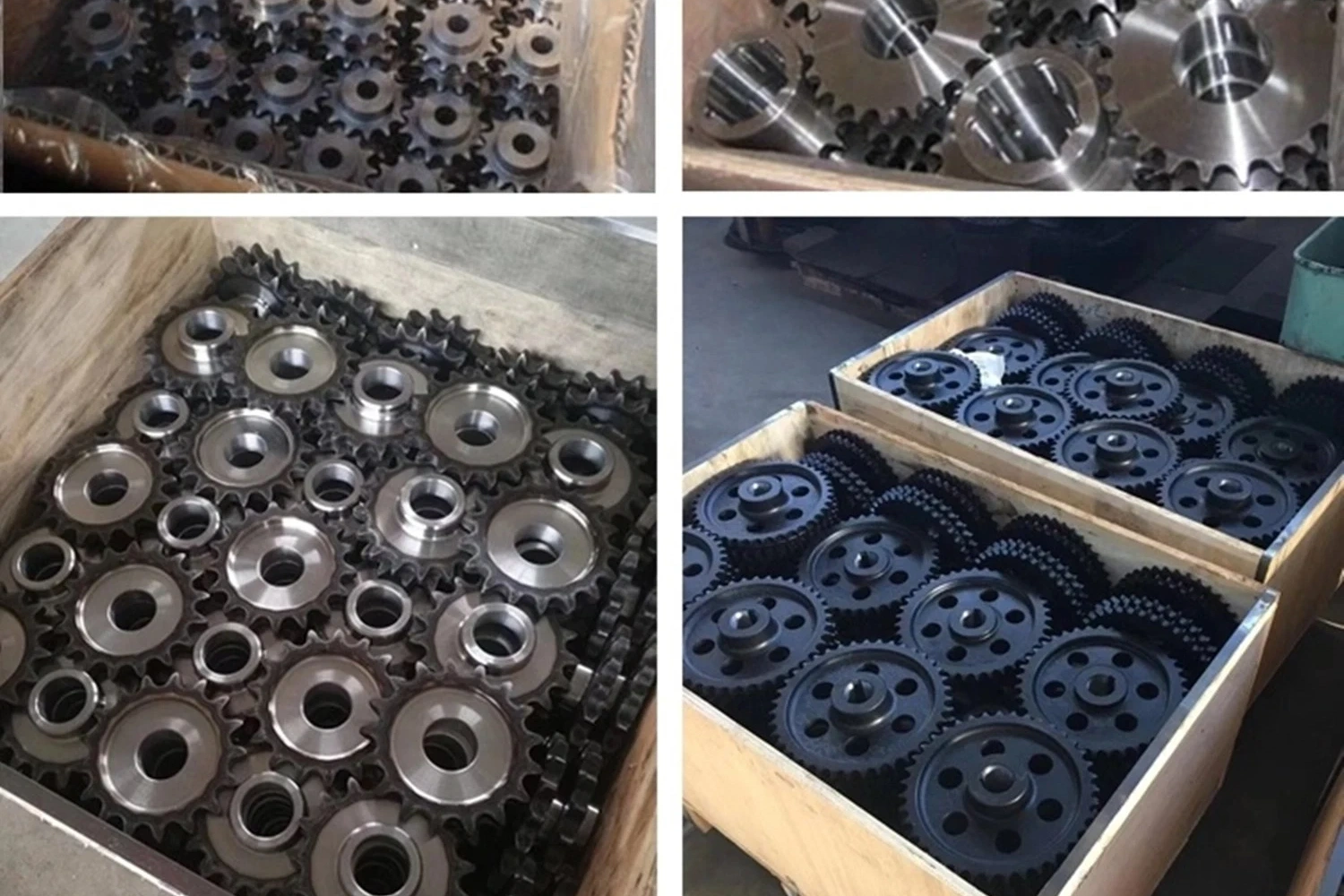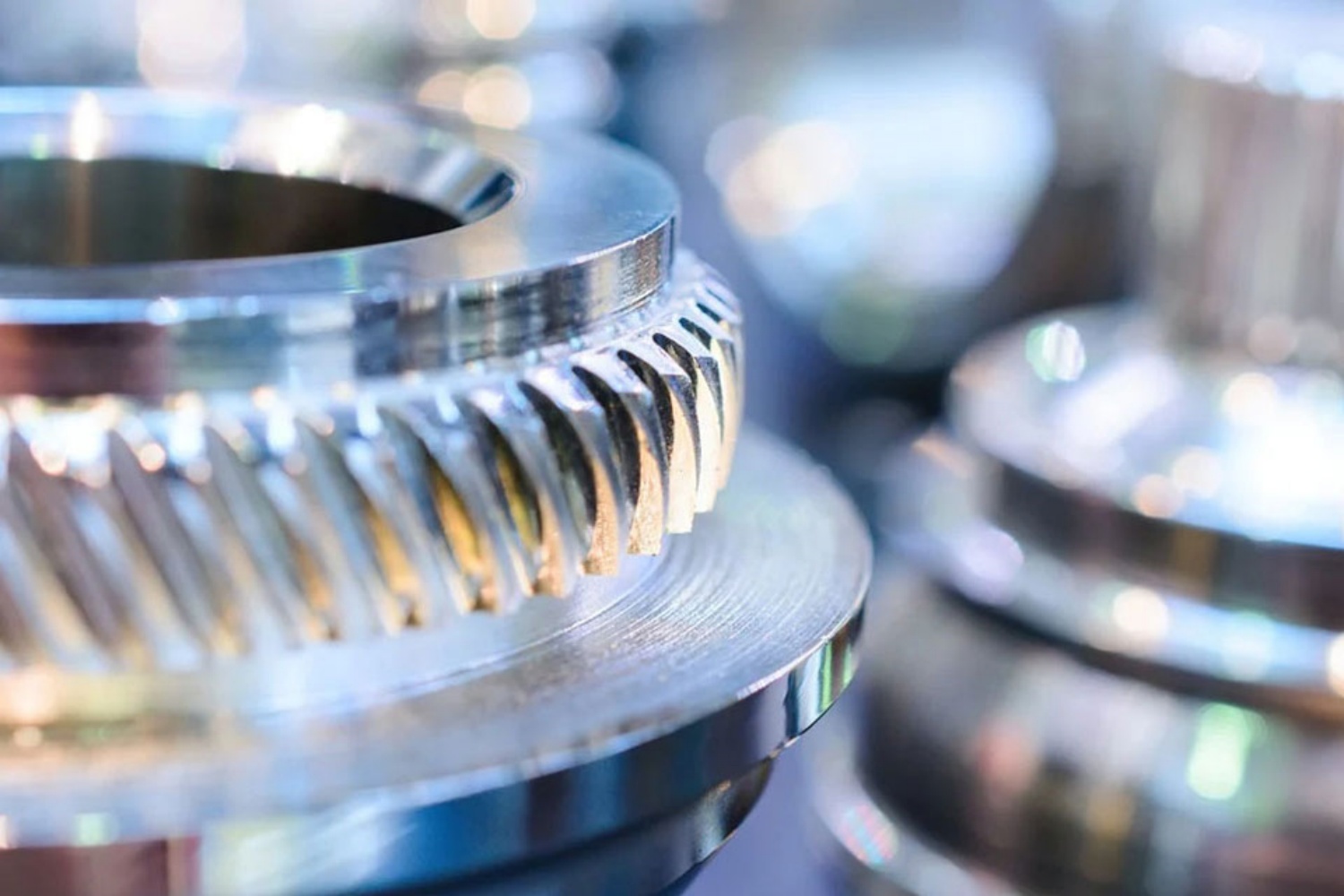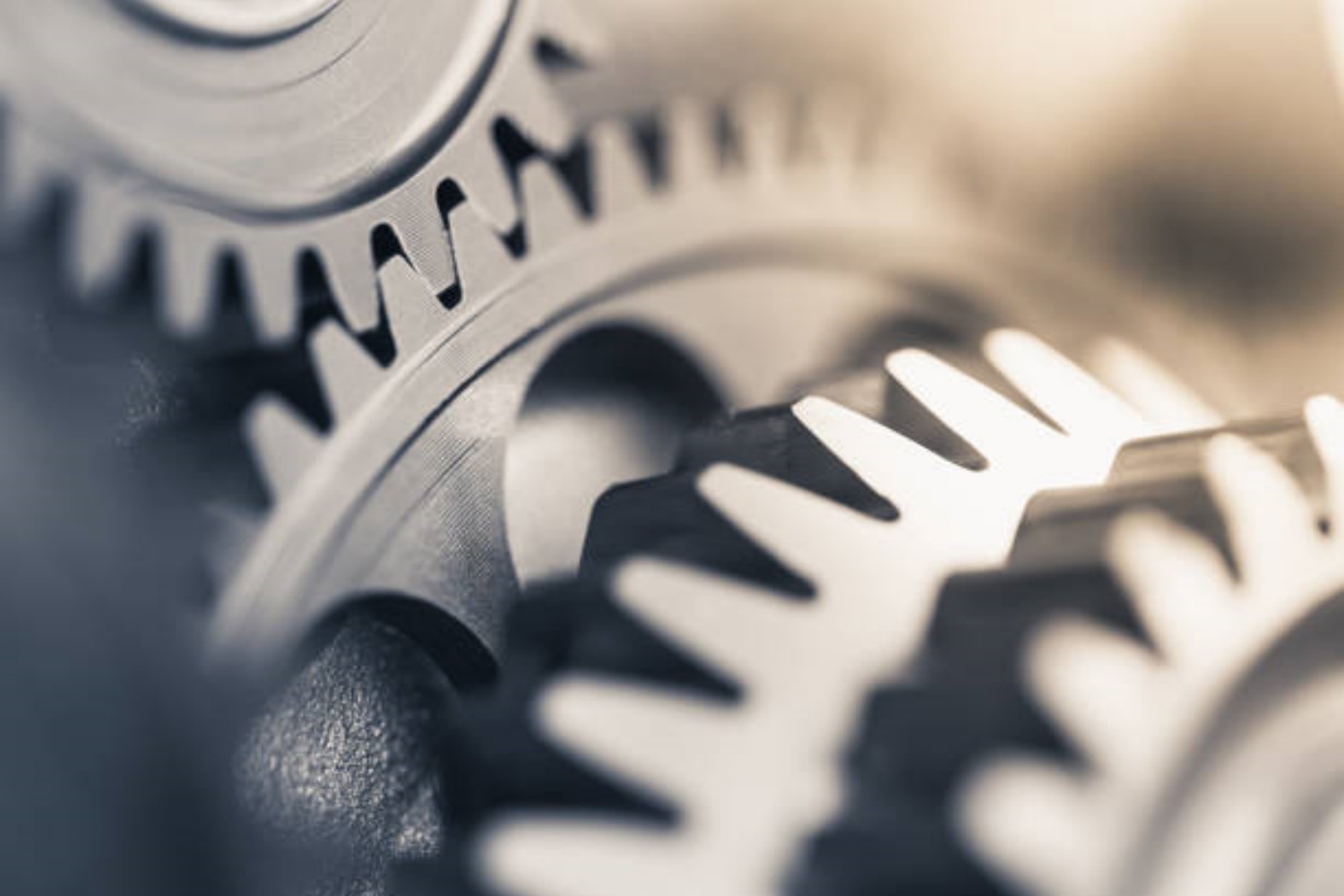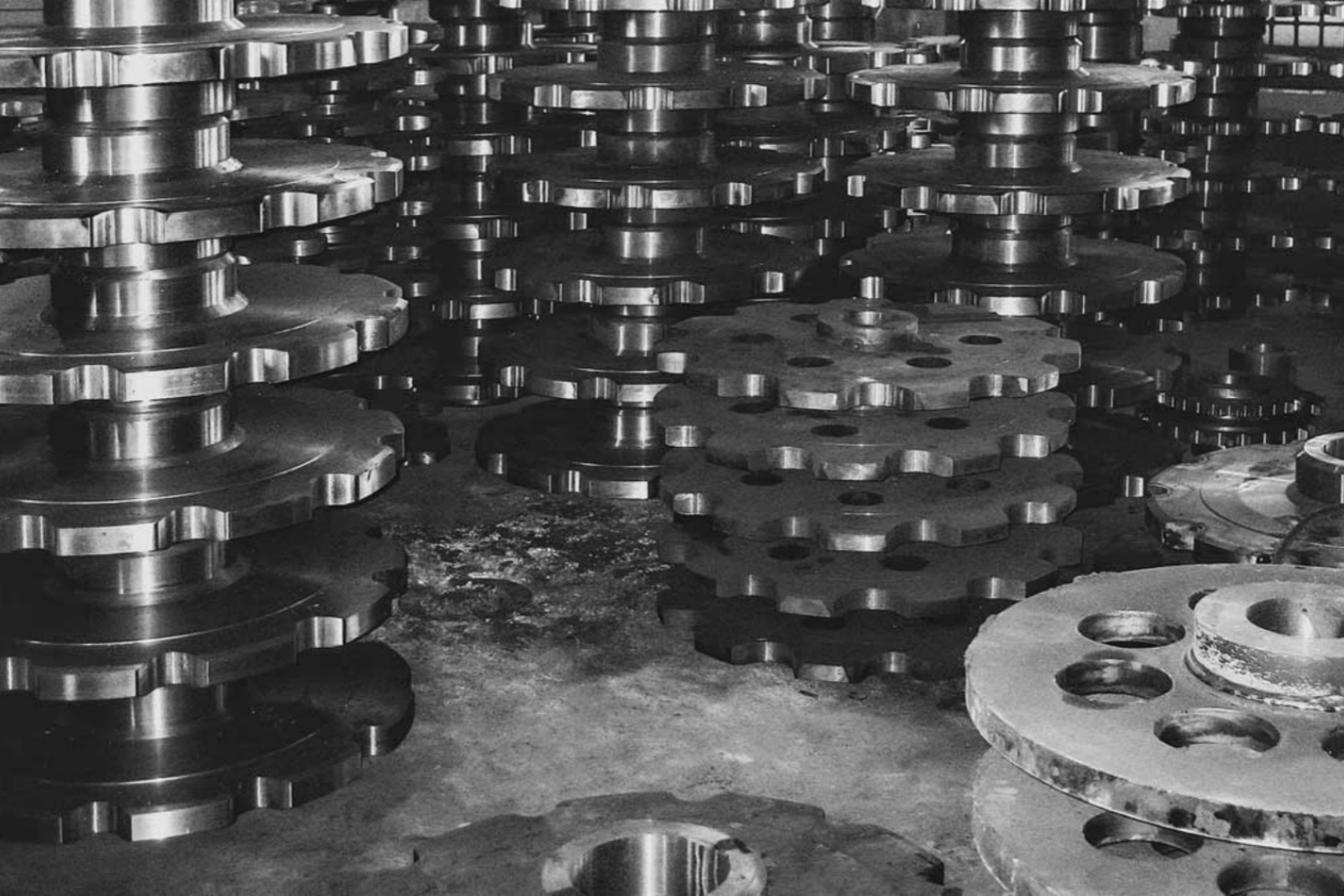Custom sprockets stand as testament to the precision and innovation inherent in modern engineering. Each custom sprocket begins its journey as a concept, born from the unique requirements of a particular application. From the initial design phase to the final creation, the process of custom sprocket design is a fascinating journey that blends artistry, technology, and expertise. We will delve into the intricate steps involved in the creation of custom sprockets, exploring how these essential components are meticulously crafted to meet the diverse needs of various industries.
Understanding the Requirements
The journey of custom sprocket design begins with a thorough understanding of the application’s requirements. Engineers collaborate closely with clients to gather detailed specifications, including torque, speed, load capacity, and environmental conditions. Whether it’s for heavy-duty machinery in mining operations or precision equipment in aerospace applications, each custom sprocket is tailored to perform optimally under specific operating conditions.
Conceptualization and Design
Armed with a comprehensive understanding of the requirements, engineers embark on the conceptualization and design phase. Advanced CAD (Computer-Aided Design) software enables them to translate ideas into detailed 3D models, allowing for precise visualization and refinement. During this phase, factors such as tooth profile, pitch diameter, bore size, and material selection are carefully considered to ensure optimal performance and longevity.
Material Selection
The choice of material plays a crucial role in custom sprocket design, influencing factors such as strength, durability, and resistance to wear. Common materials used in custom sprocket manufacturing include steel, stainless steel, aluminum, and various alloys. Each material offers distinct properties suited to different applications, and careful consideration is given to factors such as operating temperature, corrosion resistance, and weight requirements.
Precision Machining
Once the design is finalized, the custom sprocket enters the manufacturing phase, where precision machining techniques come into play. Advanced CNC (Computer Numerical Control) machines are employed to ensure accuracy and consistency in the production process. From milling and turning to grinding and hobbing, each step is executed with meticulous attention to detail to achieve the desired specifications.
Heat Treatment and Surface Finishing
After machining, custom sprockets may undergo heat treatment processes such as quenching and tempering to enhance their mechanical properties. This ensures optimal hardness, toughness, and resistance to wear, prolonging the sprocket’s lifespan under demanding operating conditions. Surface finishing techniques, including polishing, plating, and coating, are then applied to enhance aesthetics and provide additional protection against corrosion and abrasion.
Quality Assurance
Throughout the manufacturing process, rigorous quality assurance measures are implemented to verify the integrity and performance of each custom sprocket. Dimensional inspections, material testing, and functional checks are conducted at various stages to ensure compliance with industry standards and client specifications. Only sprockets that meet stringent quality criteria are deemed fit for use, underscoring the commitment to excellence in custom sprocket design.
Testing and Validation
Before being deployed in real-world applications, custom sprockets undergo extensive testing and validation procedures to validate their performance and durability. This may involve simulated load testing, accelerated wear testing, and endurance testing under controlled conditions. By subjecting the sprockets to rigorous testing protocols, engineers can identify any potential issues and fine-tune the design for optimal reliability and longevity.
Deployment and Integration
Once validated, custom sprockets are ready for deployment, where they are seamlessly integrated into the intended machinery or equipment. Engineers work closely with clients to ensure proper installation and alignment, minimizing the risk of premature wear or malfunction. Whether it’s a critical component in a manufacturing assembly line or a vital cog in a complex industrial system, each custom sprocket plays a pivotal role in driving efficiency and productivity.
The journey of custom sprocket design exemplifies the intricate blend of science, technology, and craftsmanship that defines modern engineering. From the initial conceptualization to the final deployment, every step in the process is guided by a relentless pursuit of excellence and innovation. By leveraging cutting-edge design tools, precision machining techniques, and rigorous quality assurance practices, engineers can create custom sprockets that meet the unique needs of diverse industries, ensuring seamless operation and optimal performan

CONTINUE READING
Related Posts
In mechanical drives, gears are essential for transmitting motion, power, and torque across various applications. Two of the most commonly […]
In the world of industrial machinery, efficiency, precision, and reliability are essential. A key component in achieving these goals is […]
In the world of industrial engineering, precision and innovation are essential to staying competitive and meeting the ever-growing demands of […]





